Driveline Break-In Procedures
Learn how to properly break in your vehicle's driveline. This is required for certain parts when first installed on your vehicle.
Alex
Last Update hace 3 meses
Why is a break-in period needed?
All new gear sets require a break-in period to prevent damage from overheating. Overheating is caused by several reasons:
- Surface Roughness: When gear sets are manufactured, they have microscopic imperfections and surface roughness. During the break-in period, the contacting surfaces of the gear teeth gradually wear down these imperfections, leading to smoother, more efficient gear meshing.
- Proper Lubrication Distribution: During the break-in period, the gear lubricant (typically oil or grease) gradually spreads evenly across the gear surfaces. This ensures that the gears are adequately lubricated and reduces friction, which in turn decreases heat generation.
- Heat Distribution: As gears rotate and mesh, they generate heat due to friction. During the break-in period, this heat is distributed more evenly across the gear surfaces as they wear and adapt to each other. This prevents localized hot spots and minimizes the risk of overheating.
When a gear set overheats, several detrimental effects can occur:
- Reduced Lubrication Effectiveness: Overheating can cause the gear lubricant to break down or even evaporate, leading to insufficient lubrication. This, in turn, increases friction and heat generation, creating a vicious cycle of worsening overheating.
- Increased Wear and Tear: Elevated temperatures accelerate wear and tear on the gear teeth, causing them to degrade faster. This can lead to premature failure of the gear set and potentially costly repairs.
- Distortion and Misalignment: Extreme heat can cause distortion or warping of the gear components, leading to misalignment of the gear teeth. Misaligned gears can result in uneven wear and noise during operation.
- Loss of Strength: Prolonged exposure to high temperatures can weaken the metal structure of the gears, reducing their load-bearing capacity and overall strength.
In summary, the break-in period for new gear sets is essential to ensure the components adapt to each other, distribute lubrication effectively, and minimize the risk of overheating. Overheating can lead to accelerated wear, damage, and reduced performance of the gear set, potentially resulting in costly repairs or replacements. Proper maintenance and adherence to break-in procedures are crucial for the long-term reliability and functionality of gear sets.
Break-In Procedures
For all clutch style posi-traction carriers, you must add a limited-slip additive and use non-synthetic oil to prevent the unit from seizing. Improper gear break-in procedures may cause overloading and/or overheating of your gear set as well as break down of your gear oil. Failure to properly break in your near gear set can be identified by inspection and may void the manufacturer's warranty.
After driving for the first 15-20 miles at around 60 miles per hour (MPH), it is best to stop and let the differential cool completely. Maintaining a speed below 60 MPH and driving conservatively for the first 100 miles is also advised. The gear oil should be charged after the first 500 miles. We recommend that you drive at least 500 miles before any heavy use or towing. During your first 45 miles of actual towing, only drive 10-15 miles at a time before stopping to let your differential cool.
These steps may seem redundant or unneeded, however, are necessary to prevent damage to your new gear set. Any heavy use or overloading of the gear set during the first 500 miles may cause irreparable damage to the gear set.
Improper break-in can be identified by inspection and will void all warranties
